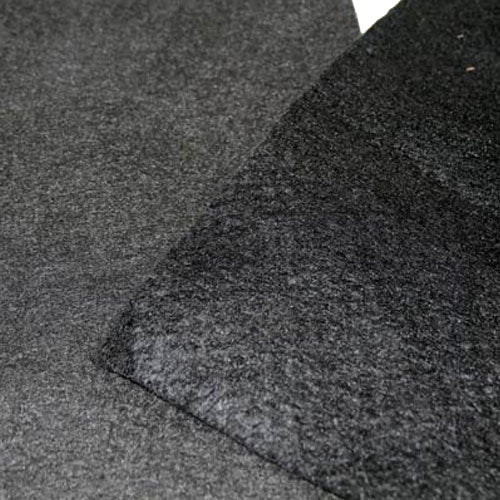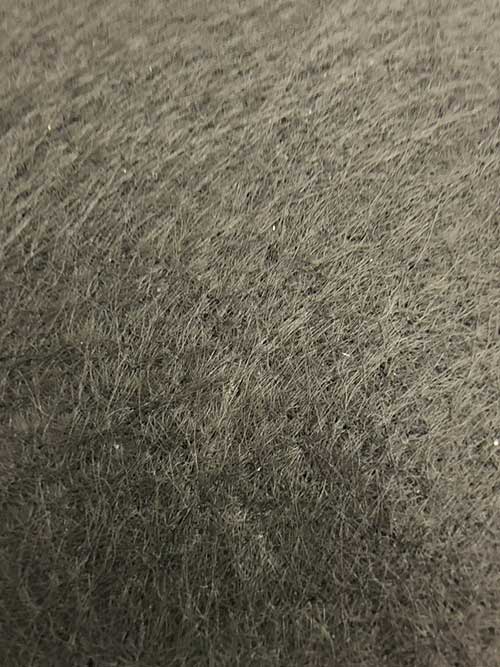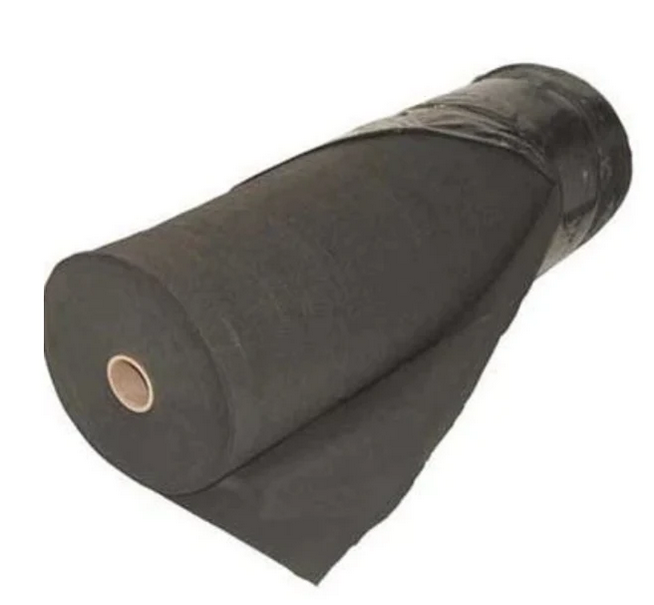Geotech Fabric
FREE SHIPPING
Geotech fabric (geotextile fabric or geo-fabric) can be used for a variety of applications such as french drains, drain fields, erosion control, separation and stabilization, and more. The fabric is composed from polypropylene blend and is needle punched to provide water permeability. This geotextile material is specially formulated to resist ultraviolet light deterioration and is inert to commonly encountered soil chemicals. The fabric will not rot or mildew, is non-biodegradable, and is resistant to damage from insects and rodents.
Our non-woven geotextile fabrics are available in weights ranging from a 3oz to a 16oz per square yard. The lighter the fabric options provide a higher water flow rate while the heavier the fabrics are stronger but provide a lower water flow rate.
Woven Geotextile Fabric
In addition to non-woven getoextile fabric we also provide a large selection of woven fabric which is ideal for stabilization applications.
View Selection >











